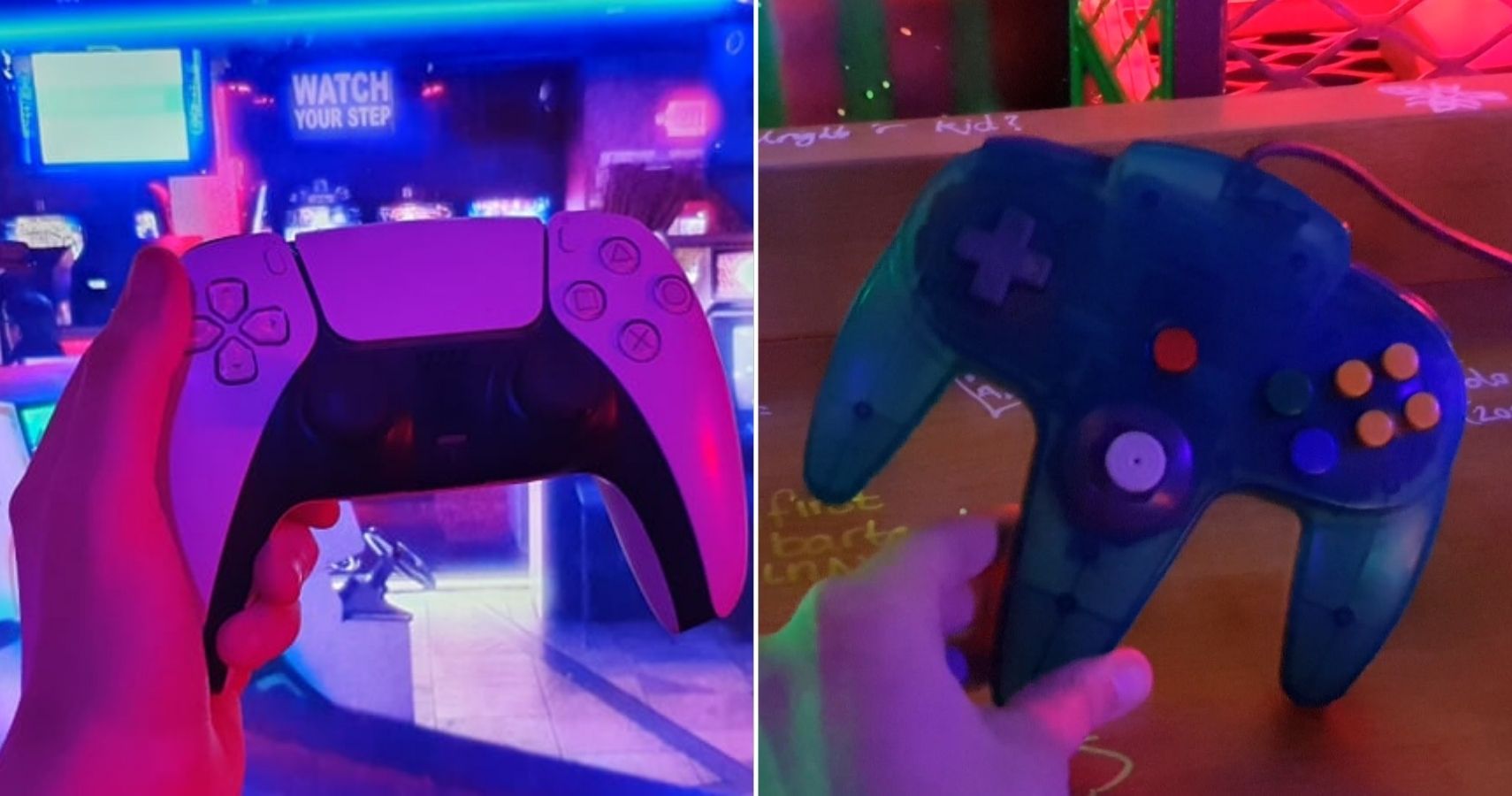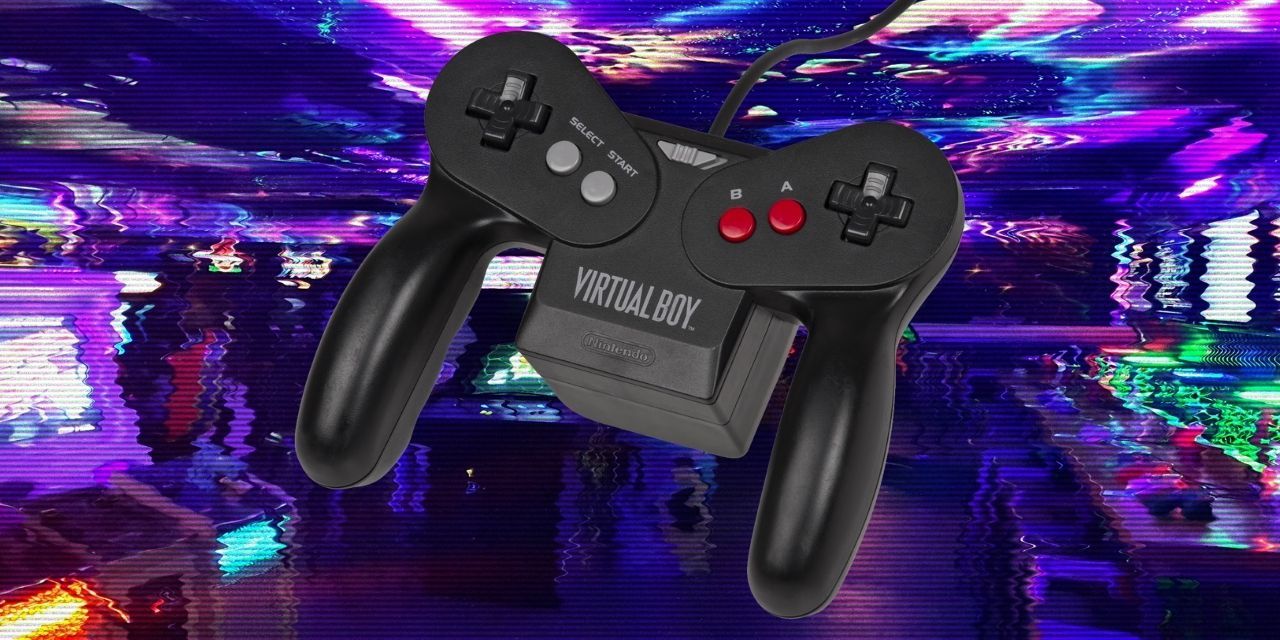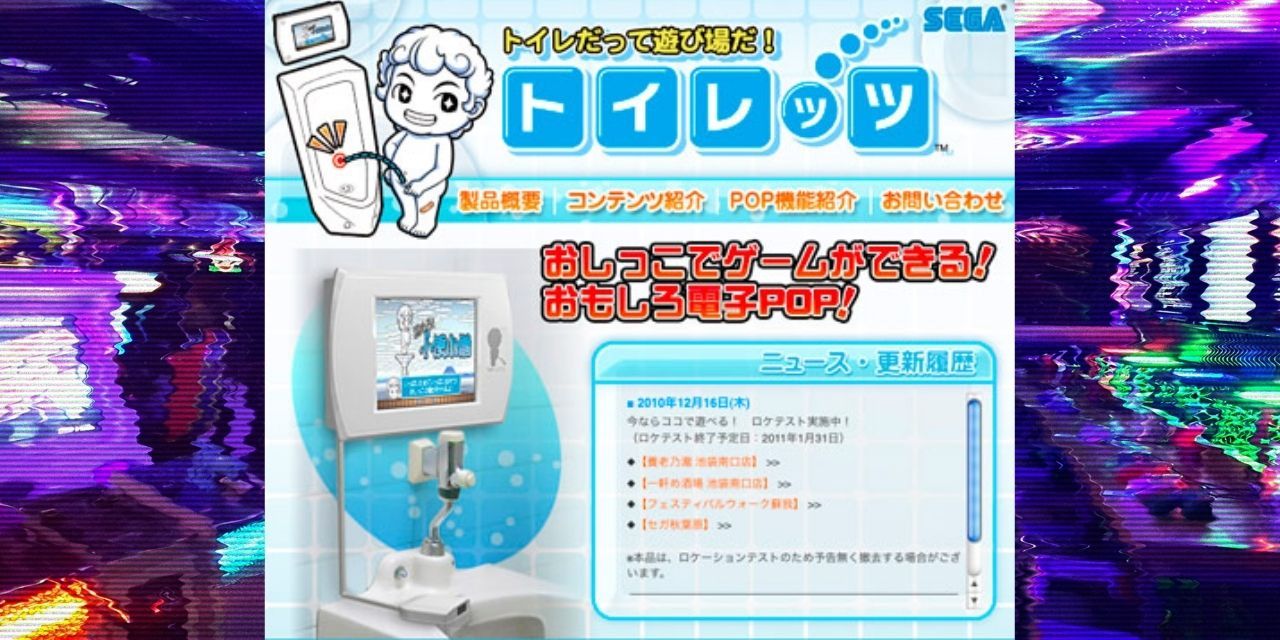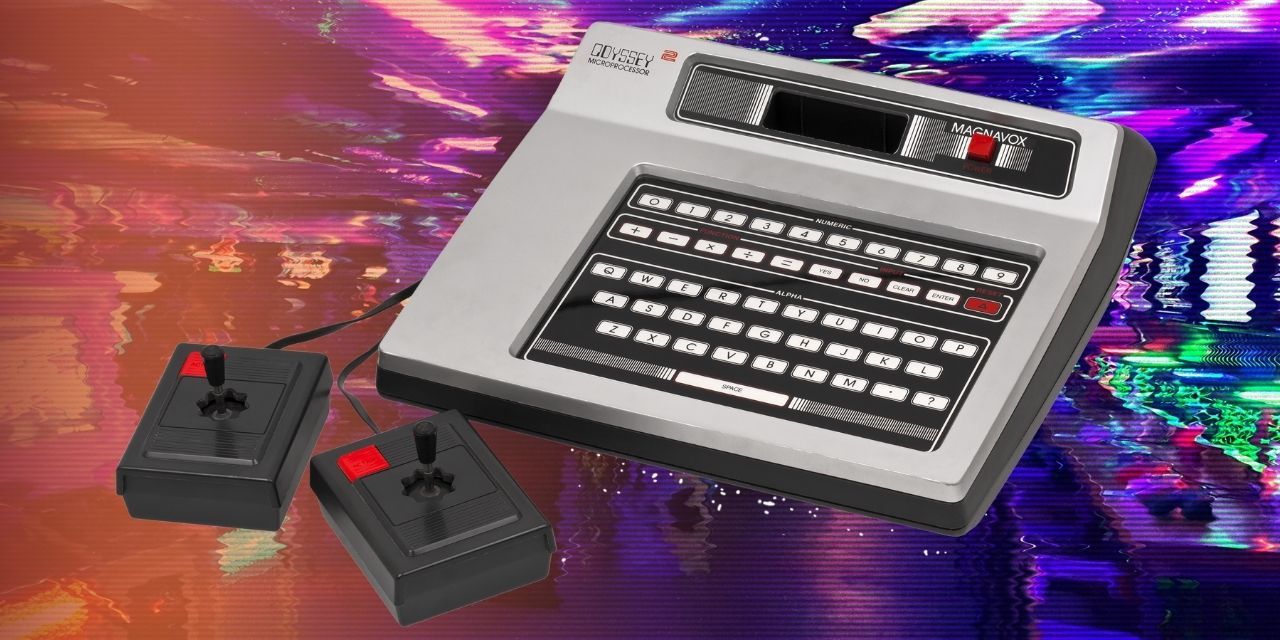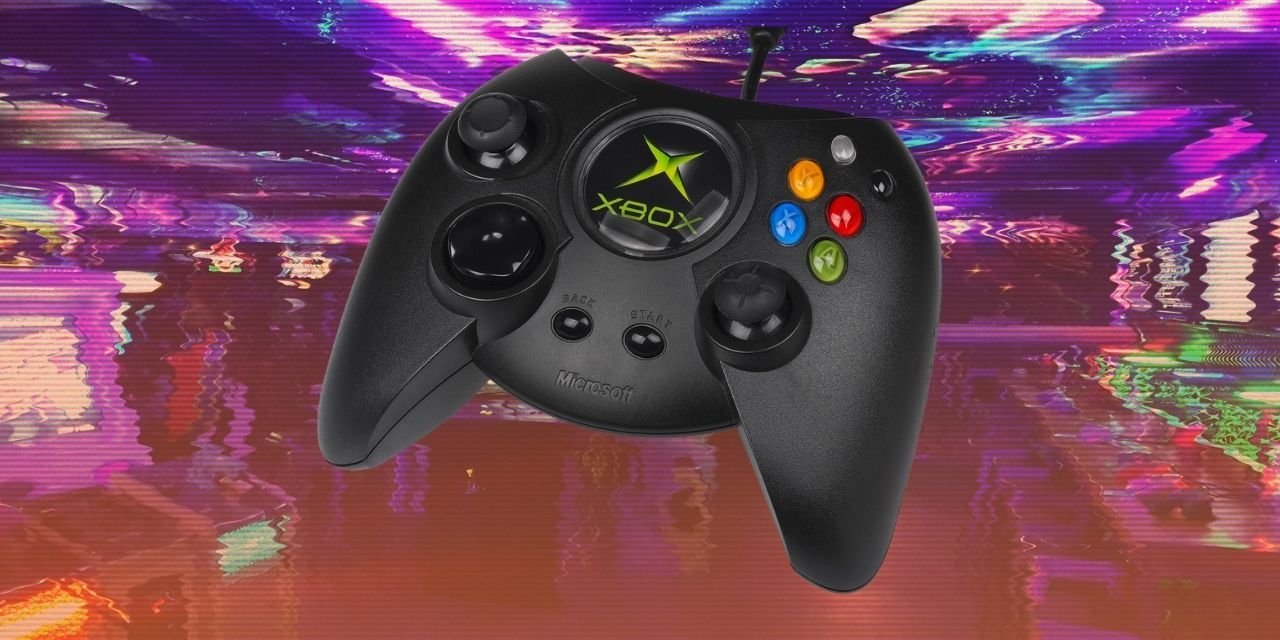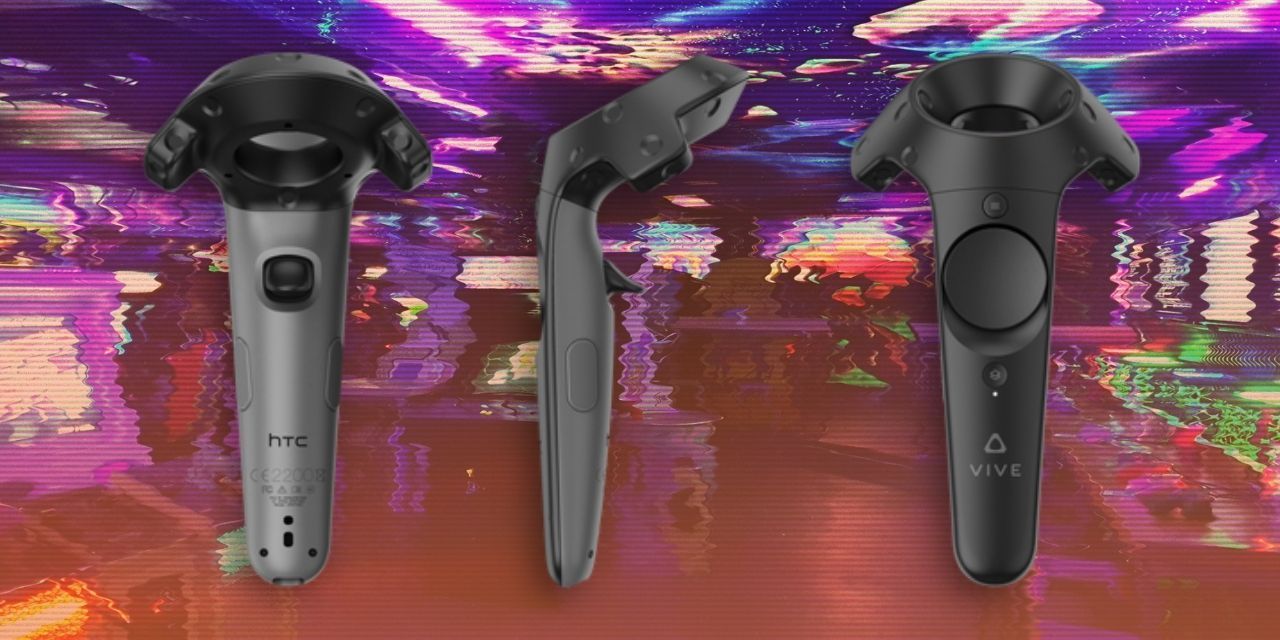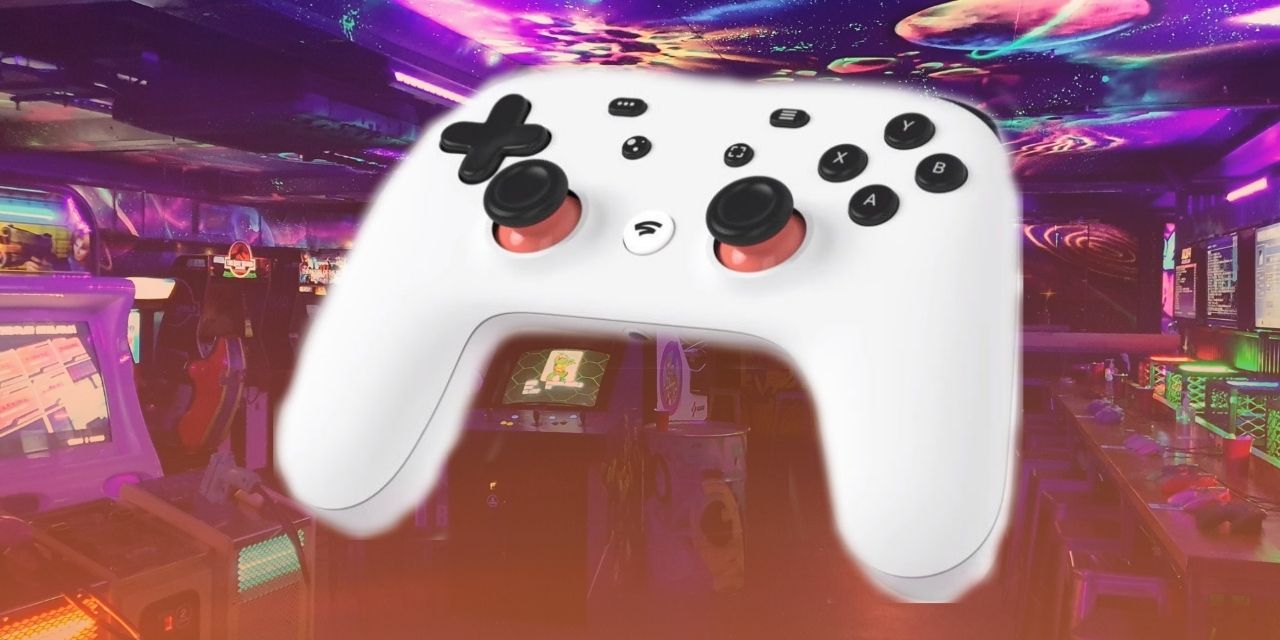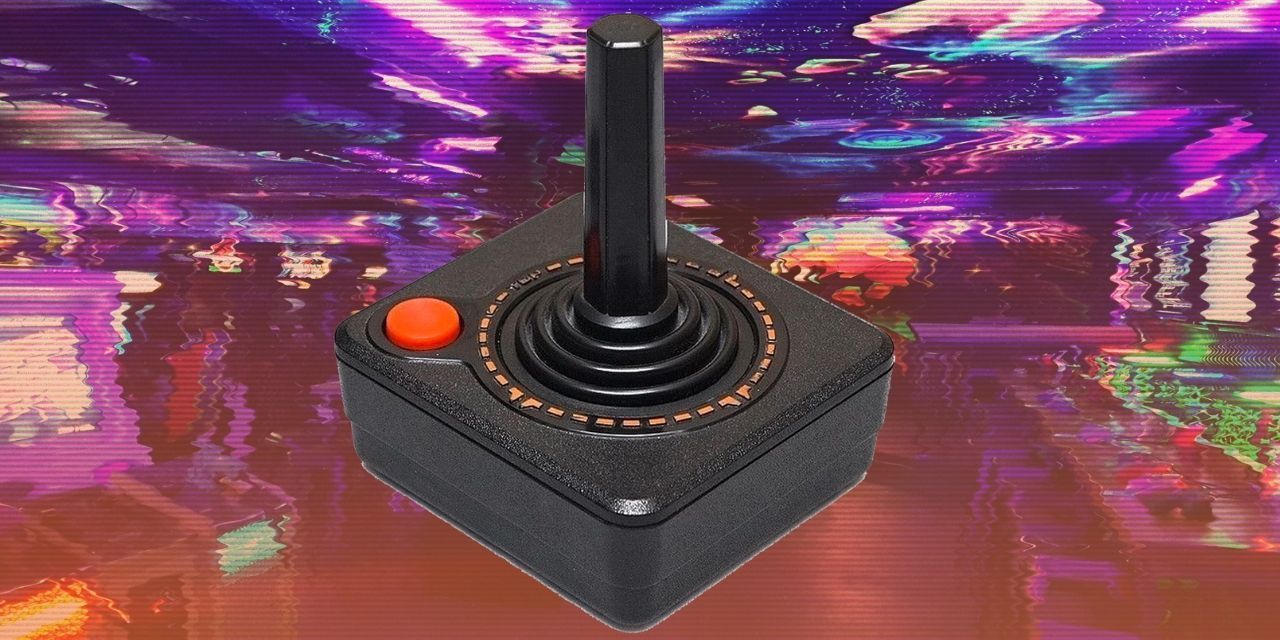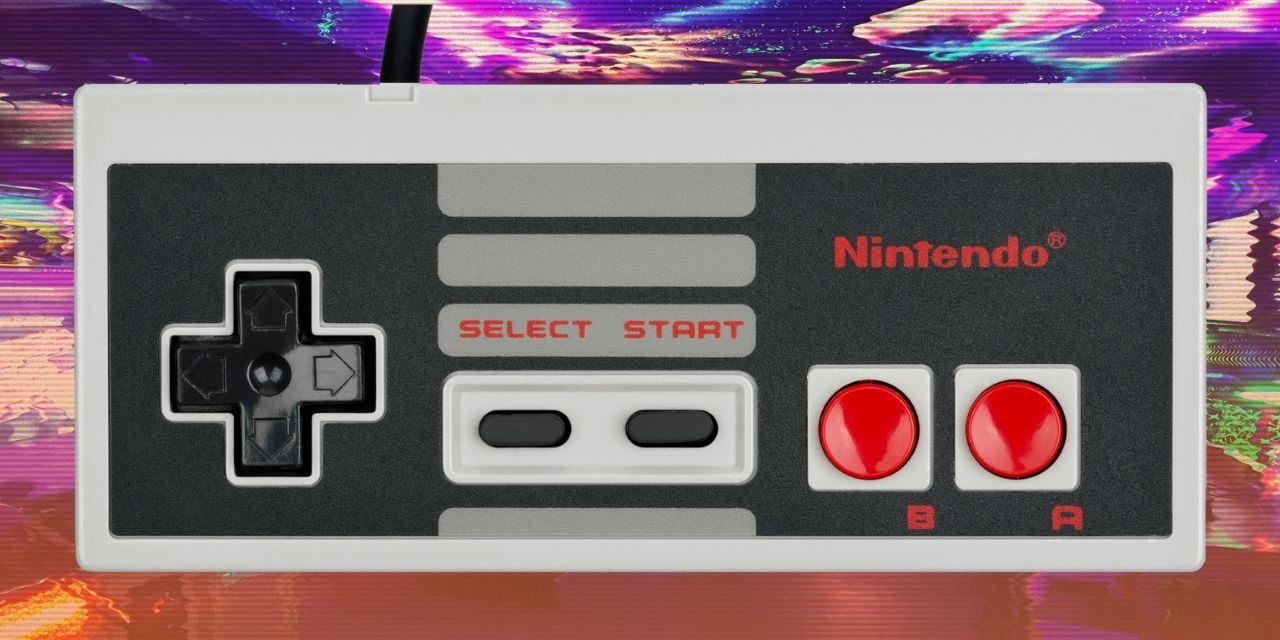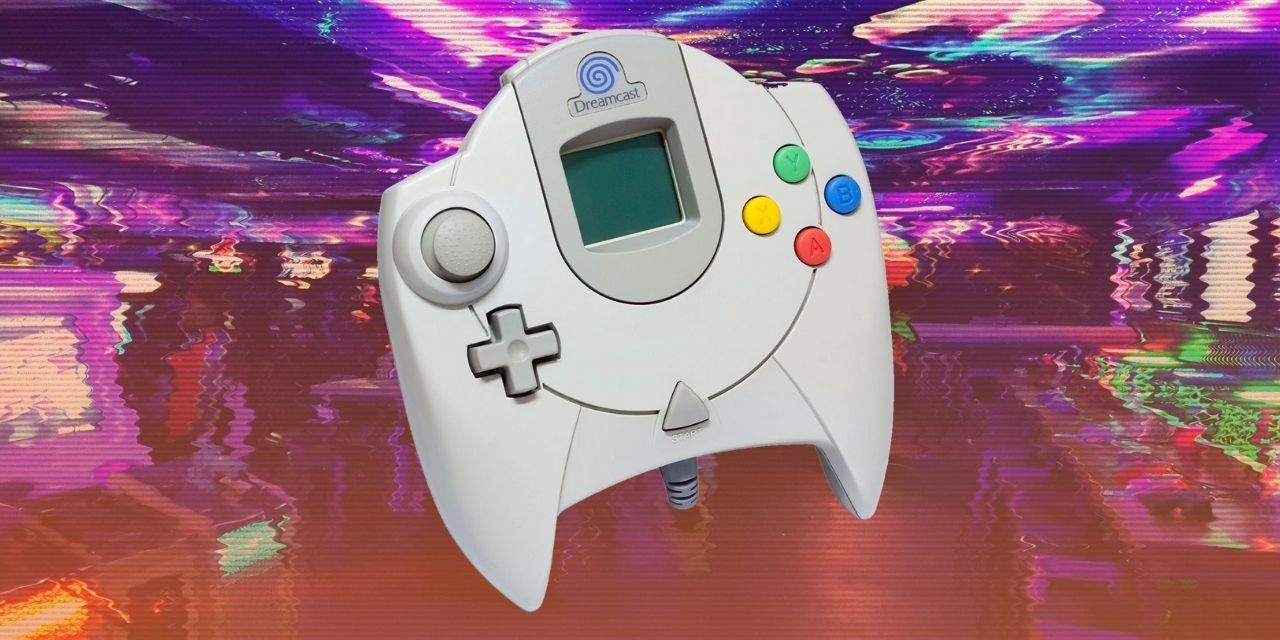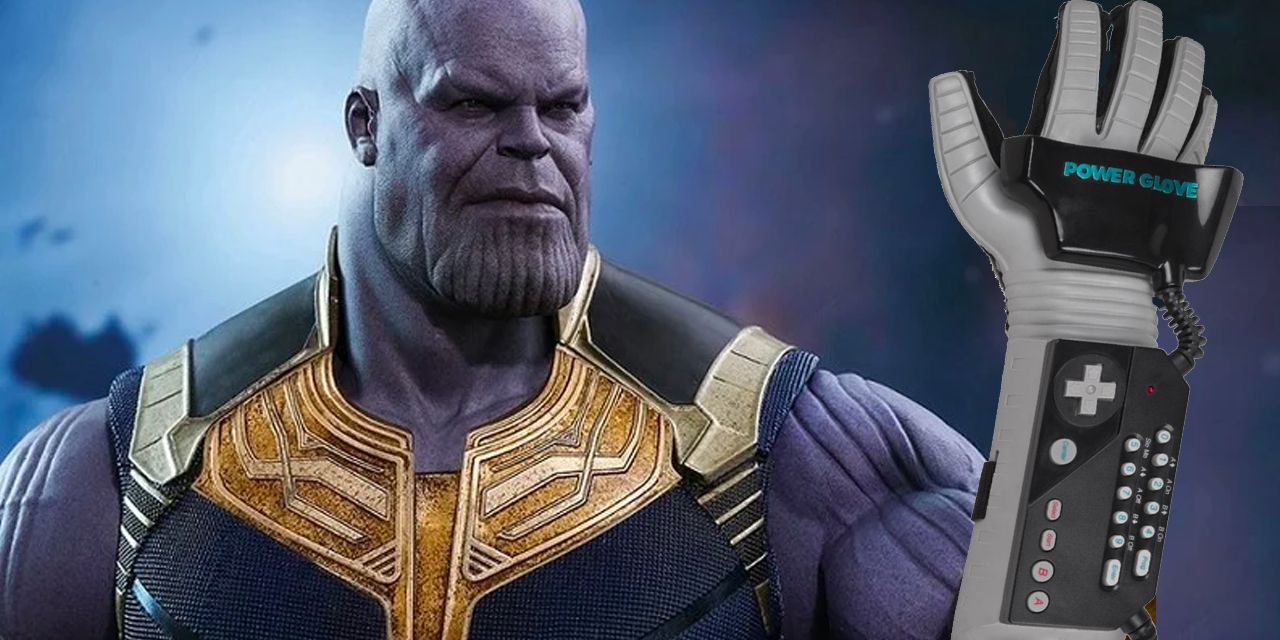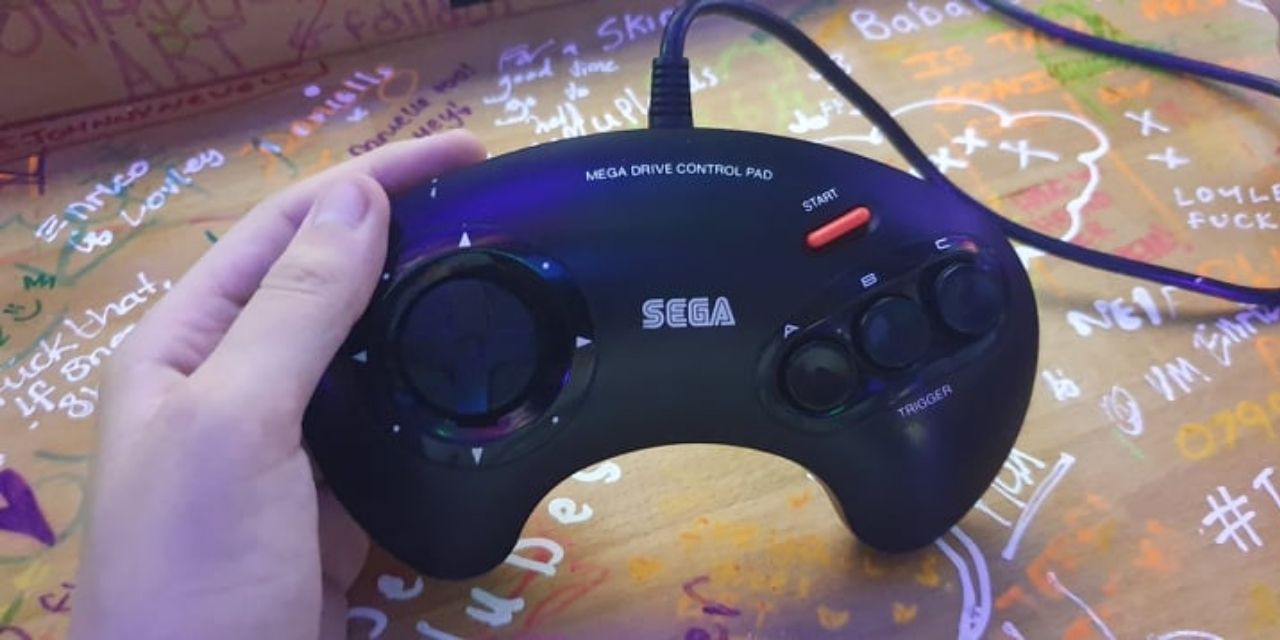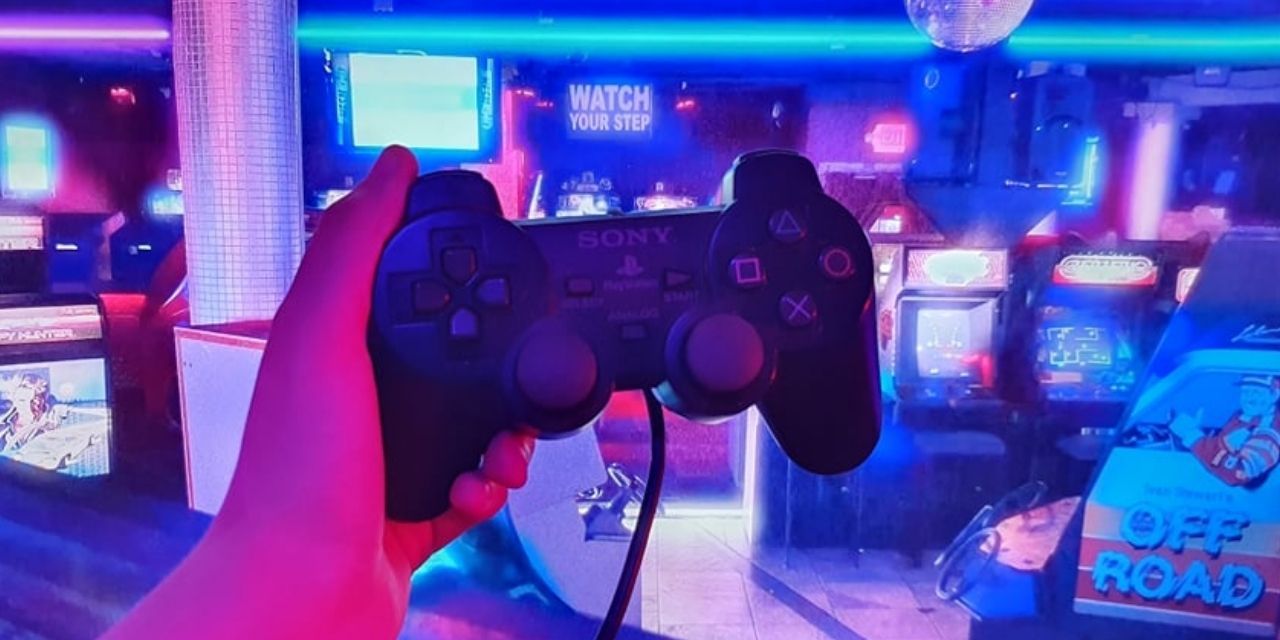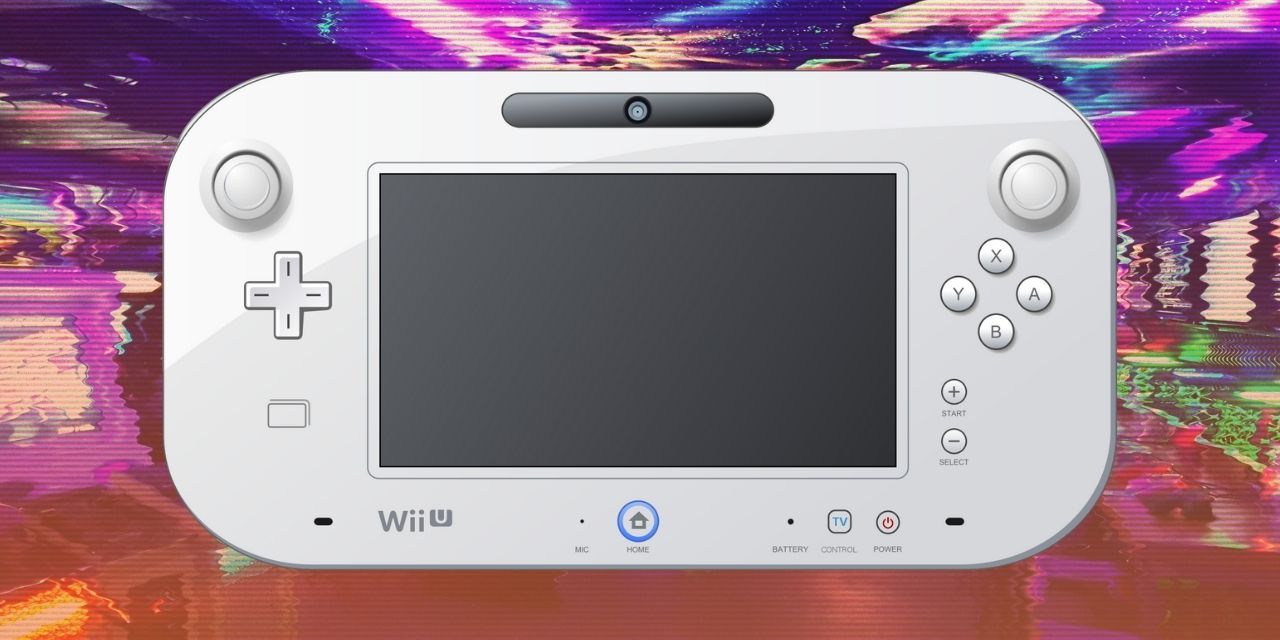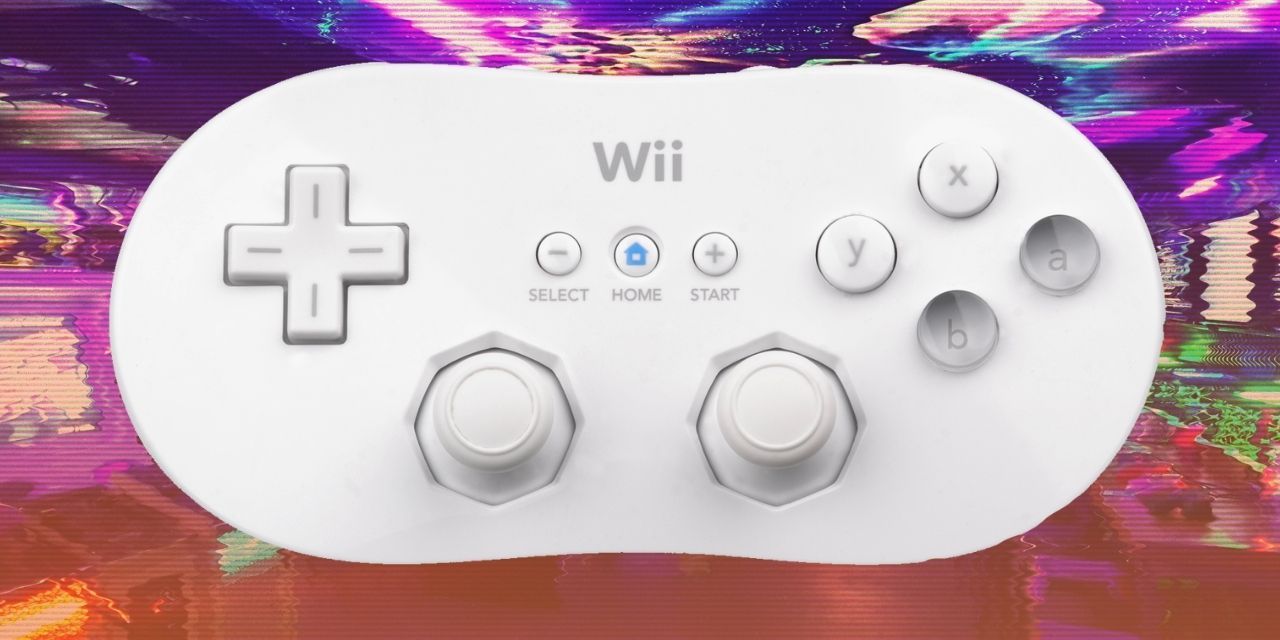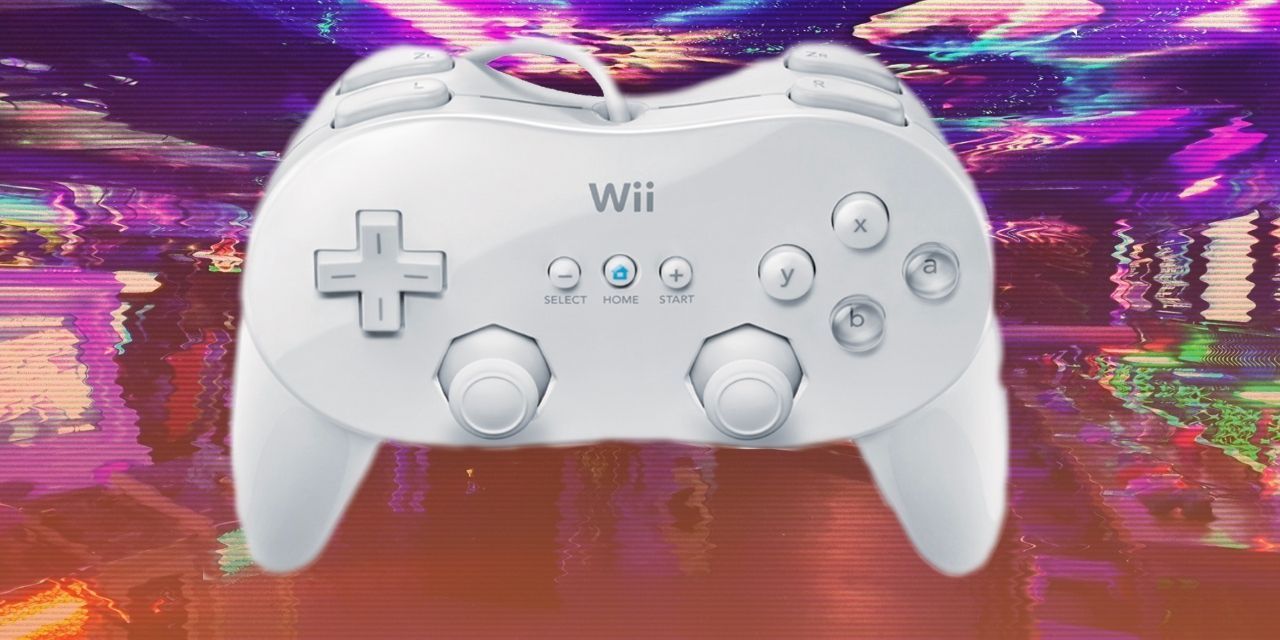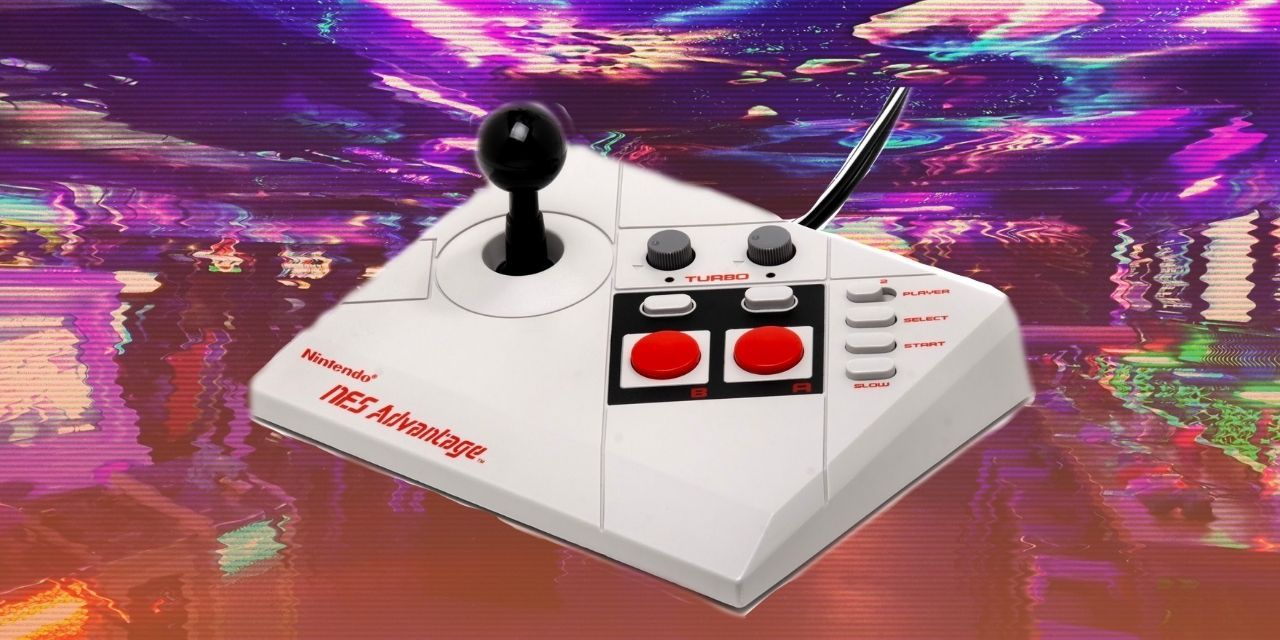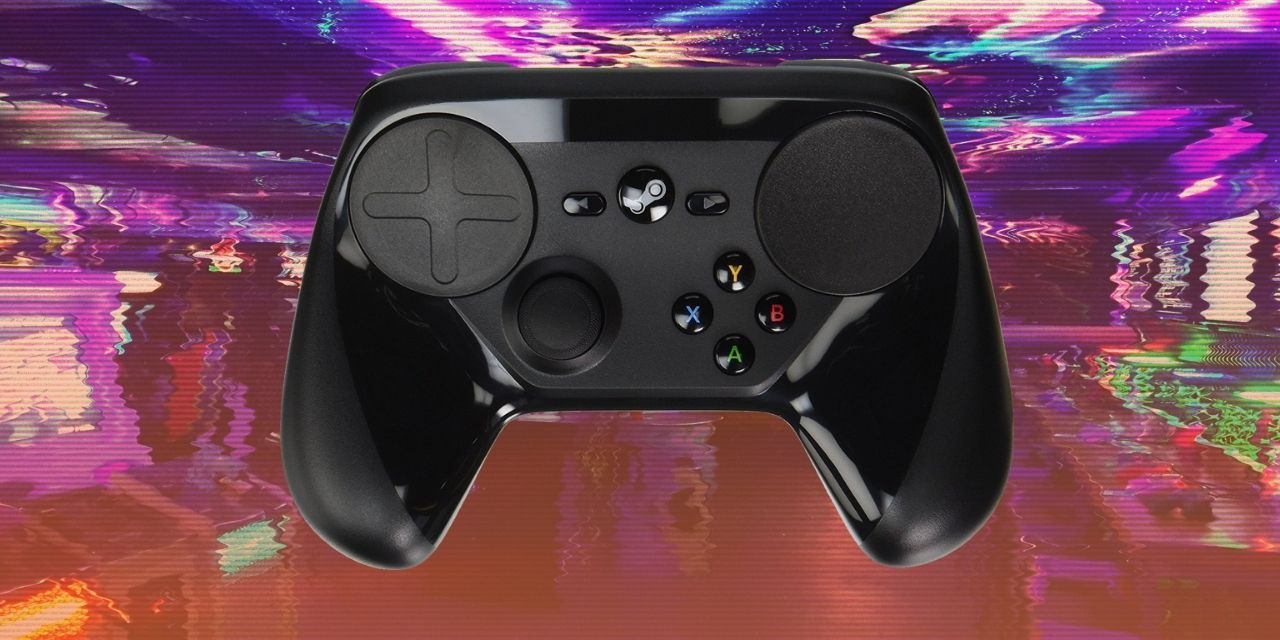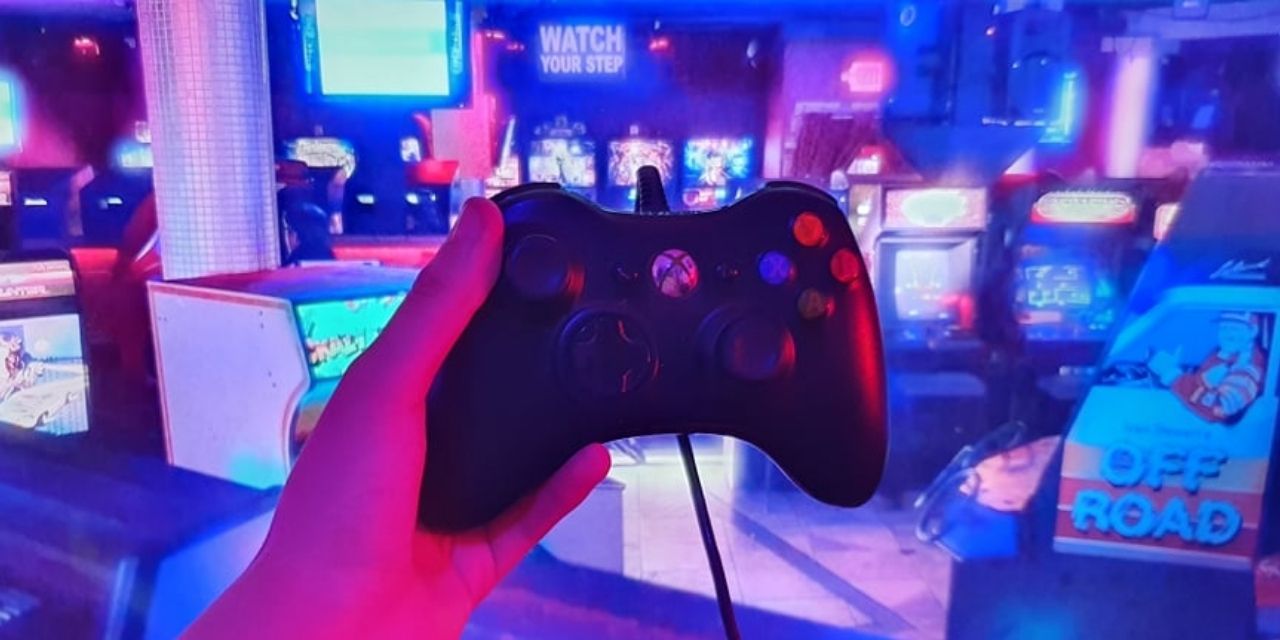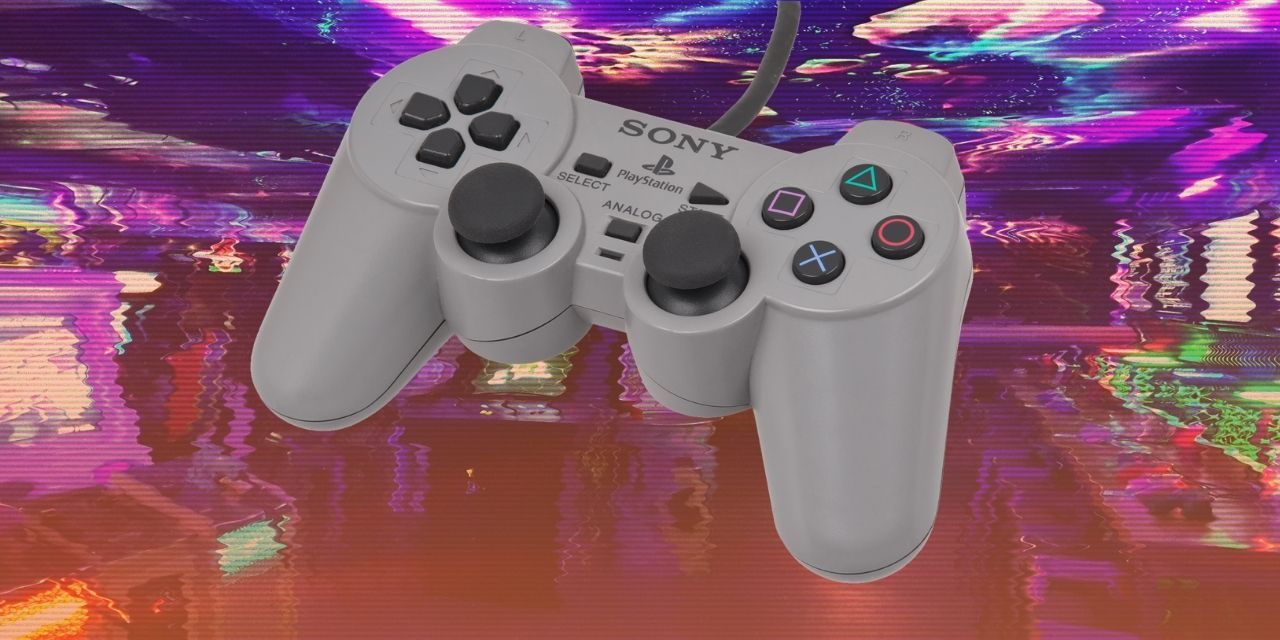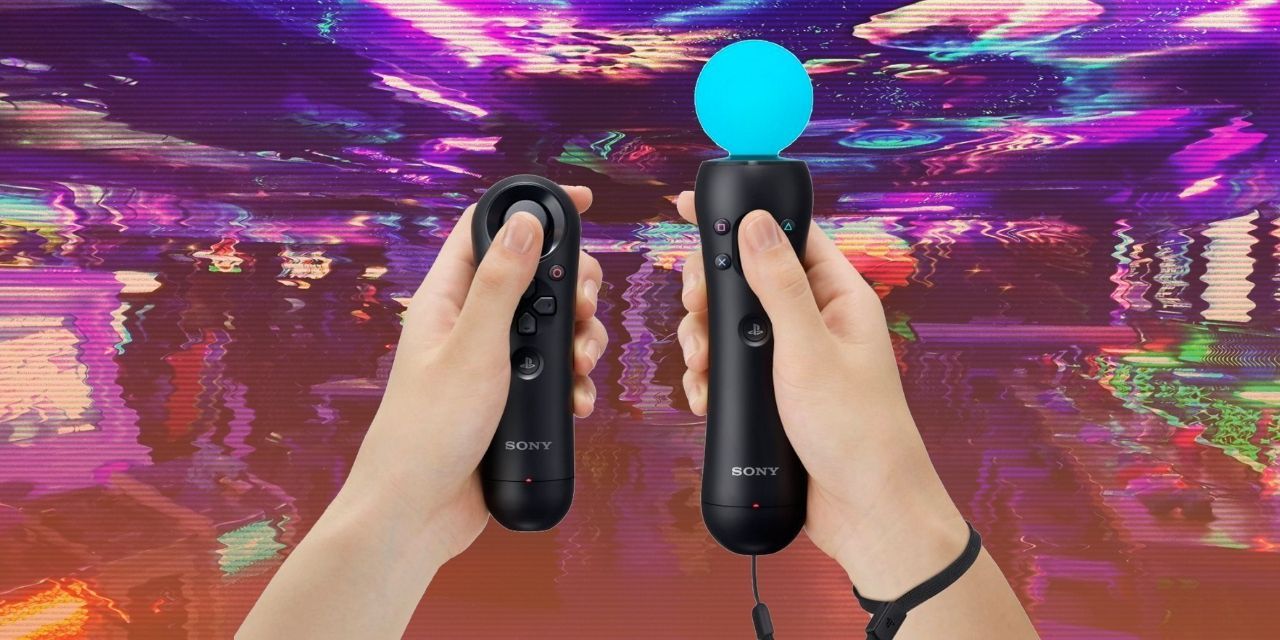Behind every good game is a good controller. The movement, the feel, and the memories made behind it make controllers a core, yet often overlooked, part of every gaming experience.
A controller can transport players to a brand new world, giving them the freedom to explore their favorite games. Every controller brings something different to the table, be it a unique design or various features. Everyone has their favored controller and with so many to choose from, there's a lot to like about each one of them. These official controllers each have something that makes them stand out, but which of them rank as the best of the bunch?
37 Virtual Boy
The Virtual Boy controller marks a dark time in Nintendo controller design. Its directional pads' steep inward slope, battery-dependent power, and awkward shape led to a poor user experience. Not to mention, controlling a character in a 3D space with two D-Pads was just painful.
36 SEGA Toylet
The SEGA Toylet is… Exactly what it sounds like. It’s an interactive urinal that worked with four games, controlled by the strength of flow and volume of urine. It could be found around public bathrooms in Tokyo. It was unique, but ultimately… It’s a toilet.
35 Magnavox Odyssey
The first commercial home video game console, the Magnavox Odyssey, brought the arcade to the sofa in September 1972. The console came with two blocky controllers with a round dial on both sides which controlled horizontal and vertical movement. It was a strong foundation for the future of gaming consoles. However, understandably, it does not hold up to modern standards.
34 Xbox controller
The Xbox controller, colloquially known as ‘The Duke’, is a strange thing. It has a wide setting that is uncomfortable to hold for extended periods of time, egg-shaped buttons that are frustrating to use, and, honestly, just isn’t nice to look at with that huge plastic Xbox logo taking up so much room.
The Duke was remade to be compatible with the Xbox One many years later. It did not improve.
33 Vive Wand
When the HTC Vive was first released it came bundled with tracked motion controllers. This led many earlier adopters of Virtual Reality to choose the Vive over competitors.
However, some fans felt the design was unusually uncomfortable to hold for extended periods of time. The second generation of HTC Vive controllers - the Knuckles Vive - solved this common problem. However, the negative feedback is enough to place these VR controllers low on this list.
32 Google Stadia
The Google Stadia controller brings a new conversation to the table - a built-in Wi-Fi connection to reduce latency. With a gaming streaming service, this internal Wi-Fi connection is key to eliminating input lag. Furthermore, Google Assistant also provides in-game functionality such as walkthroughs. However, the high initial price and fairly low-quality build left gamers preferring the Xbox One or DualShock 4 controller.
31 Atari CX40 joystick
Gamers have probably seen Atari’s iconic "Fuji" joystick logo but might not know that this controller is the inspiration. The Atari CX40 joystick was the first cross-platform game controller that was widely adopted by gamers.
Fans called the CX40 "the pinnacle of home entertainment controllers in its day". On the other hand, whilst it was popular in 1977, the mechanical design flaws led to a breakdown.
30 NES
This iconic rectangle controller had a simple, yet effective four-button layout: an ‘A’ and ‘B’ round button, a "START" button, and a "SELECT" button, and a cross-shaped joypad. The flat, pointed edges of the NES controller were fairly tough to hold comfortably, but easy for children to understand.
29 Dreamcast
The SEGA Dreamcast controller was bundled with the SEGA Dreamcast. This console is credited for inventing analog triggers. Sadly the unusual design-led to poor critical reception. Edge even called it "an ugly evolution of Saturn's 3D controller".
28 Power Glove
Yes, that’s right. The Power Glove wasn’t some kind of horrific, Thanos-esque nightmare. It was real. It just didn’t work. Whilst it was an officially licensed product, Nintendo was not involved in the design. Gesture-based controls would, eventually, be the backbone of one of Nintendo’s best controllers (spoilers). The Power Glove was ahead of its time in 1989 but failed to clear the bar.
27 Sega Genesis
The Sega Genesis, otherwise known as the Mega Drive, was a peculiar console. The rounded design of the controller was nothing special and thus faded into obscurity as quickly as it arrived. It is quite comfy to hold, but the horizontal layout of the buttons is not intuitive.
26 DualShock 2
The PlayStation 2's DualShock 2 was fairly similar to the original. If it ain't broke, don't fix it. Additionally, it included analog pressure sensitivity on the face, shoulder, and D-pad buttons, unlike the digital buttons of its predecessor, the DualShock 1. Furthermore, it introduced two further levels of vibration, which led the way to one of the greatest controllers of all time...
25 Wii U GamePad
The Wii U GamePad was a necessary evil for Nintendo’s development of the more successful Nintendo Switch. This controller has the sparks of something interesting but struggles in pulling them into a cohesive design. It is a blend between a tablet, a traditional controller, and a screen, which leads to a busy and confusing user experience.
24 Wii Classic Controller
Released in 2006, the original Classic Controller is reminiscent of the SNES design. Releasing a traditional controller for a console-based around motion controllers didn’t track with the audience, and the Classic Controller was not widely adopted.
The Classic Controller Pro was released in 2009 and looked more like what people might expect from the GameCube. But some fans think it’s uncomfortable to hold and it lacks the tactile feedback they might expect from a controller from this era.
23 Wii U Pro Controller
The Wii U Pro controller is very similar to Microsoft's Xbox 360 controller in design. It has digital triggers, unlike the other eighth-generation controllers such as the DualShock 4 and the Xbox One. This means that, theoretically, the travel time between input and result should be shorter, but this often wasn’t the case.
22 NES Advantage
The NES Advantage was released in 1987 as marketed as a great way to get the "arcade experience" at home. The size of this controller and the ergonomic design left painful hand cramps in the dust. A player's left hand could control the joystick and the right hand could operate the buttons. It even made a cameo appearance in Ghostbusters II.
21 Steam Controller
The Steam Controller wanted to be PC gamers' answer to the age-old question - ‘what controller should I use to play?’. If a game wasn't designed with a controller in mind, the Steam Controller was a great idea. It has no analog sticks, instead choosing to replace it with two touchpads intended to mimic a mouse. A solid idea, considering it was sold alongside the Steam Link but wasn’t exactly user-friendly.
20 Xbox 360
This iconic controller set the bar for Microsoft’s future endeavors. It has both a wired and wireless version, both of which are compatible with Microsoft PC operating systems. It reduces the unwieldiness of the original Xbox controller and has been a firm fan favorite since its release in 2005. The only reason this controller loses points is that the wireless version relies on batteries, whilst competitors such as Sony moved on to rechargeable power.
19 PlayStation 1 Dualshock
The PS1 Dualshock, released in 1997, was a solid base for all of the PlayStation controllers up until the Dualsense in 2020. Its comfortable grip, iconic buttons, and internal vibration feedback make this one a classic. In addition, it is the best-selling gamepad of all time, excluding bundled controllers.
Sony’s Dual Analog Controller was released before the Dualshock and was virtually identical, minus the inclusion of a rumble feature.
18 PlayStation Move
The PlayStation Move is a surprisingly accurate and responsive Virtual Reality controller, for the time. Whilst the design might look a little… strange, the PlayStation Move has a solid controller. Furthermore, Sony has upcycled it to keep it relevant in today’s day and age. Players can use it with PlayStation VR: the PS3 - PS5-compatible VR gaming platform.

